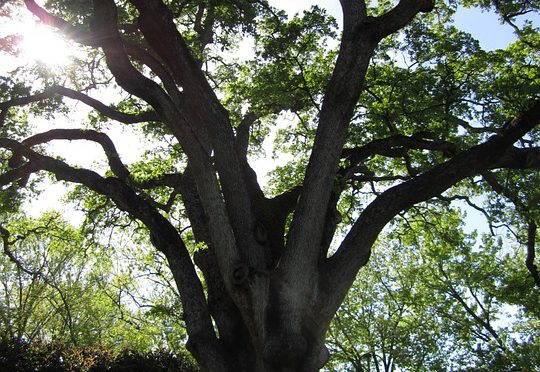Imagine how it would feel if the hills between Chino Hills and Diamond Bar were full of houses, warehouses or a solar farm?
Imagine even more TOXIC traffic, noise and pollution!
Natural open space is Diamond Bar and Chino Hill’s most precious asset.
It is our heritage.
Tres Hermanos Ranch is the open, rolling hills between
Diamond Bar and Chino Hills.
- The 2,450 acre wildland, experiences unique climate changes; a diverse wetland habitat which already provides temperature regulation, cleaner air, water filtration, disease control and emotional relief for all humans and animals living in and around its borders.
- This land is not protected and is owned by the City of Industry.
- This land is the “Missing Middle,” abutting Tonner Canyon, forming a large unprotected biodiverse region, which supports movement and shelter for threatened and endangered species, linking Cleveland National Forest to Puente Chino Hills.
- The City of Industry has proposed a massive solar farm plan. October 2017
- Commercial land use would tighten the grip of area traffic, which already strangles Diamond Bar and Chino Hills. Human health and quality of life in the area would diminish even further with catastrophic impacts to wetlands, watershed and wildlife.
Help us Save Tres Hermanos Ranch for natural open space FOREVER!
JOIN US on Facebook: “Save the Tres Hermanos Ranch”
Register your email to receive newsletter updates.
Our Vision: Preserve Tres Hermanos Ranch entirely, linking the Puente-Chino Hills Wildlife Corridor, as a nature reserve or state park resulting in:
- Diamond Bar & Chino Hills reaping cultural and economic benefits, as gateway to a unique Southern California ecotourism destination.
- Eco-education opportunities, passive recreation (walking, hiking, equestrian, bike trails); limited, carefully planned active sport fields.
Why Our Vision Matters:
- One powerful remedy to the climate change crisis is hiding in plain sight: functioning, natural open land, providing untapped natural climate solutions: “green infrastructure.”
- The land is and has been ALREADY providing Ecosystem Services to the community. (Temperature regulation, air/water filtration, relief from urban stress, biodiversity support.) These immeasurable, irreplaceable benefits will be lost forever.
- Urban sprawl will fully engulf the region if Tres Hermanos is fragmented.
- The ultimate fate of Tres Hermanos Ranch is being decided now.
- Diamond Bar’s General Plan conservation update must include Tres Hermanos Ranch: deadline 2018-2019 proposed plan adoption.
- The City of Industry owns the land. Conservation planning does not appear to be their corporate objective. No written conservation plans or procedures have been disclosed to the Public.
- The People must insist, city decision makers secure the land as a natural living legacy for future generations.
Join us in a historic purpose: to save the last remnants of wildland in the Southern California Mountains & Valleys!
Volunteers Needed! Learn what you can do. Contact us for details on these activities:
- Get involved in our conservation efforts of local wildlife habitats. (Nature in the City! program)
- Donate/support us as well as other conservation groups, like “Hills For Everyone”, Sierra Club: Angeles Chapter, Puente-Chino Hills Chapter
- We need folks to train other folks about biodiversity and WHY Nature matters.
- We especially need YOUR VOICE in person and in writing for our many presentations at planning hearings, city council meetings.
- Write local, county, state government officials. Contact Us for a List
- Write media outlets, Letters to the Editor. Contact Us for a List
- Stand with us to protect our quality of life in Diamond Bar/Chino Hills/Walnut/Brea/Yorba Linda/Carbon Canyon/Pomona. (Yes, all these areas and more will be negatively affected if the worse happens!)
The Diamond Bar – Pomona Valley Sierra Club Task Force supports the efforts of Diamond Bar & Chino Hills citizens, stakeholders, decision makers, conservationists and youth groups to steer conservation development of the Tres Hermanos Ranch property.
Thanks to Hills for Everyone for their beautiful picture.


